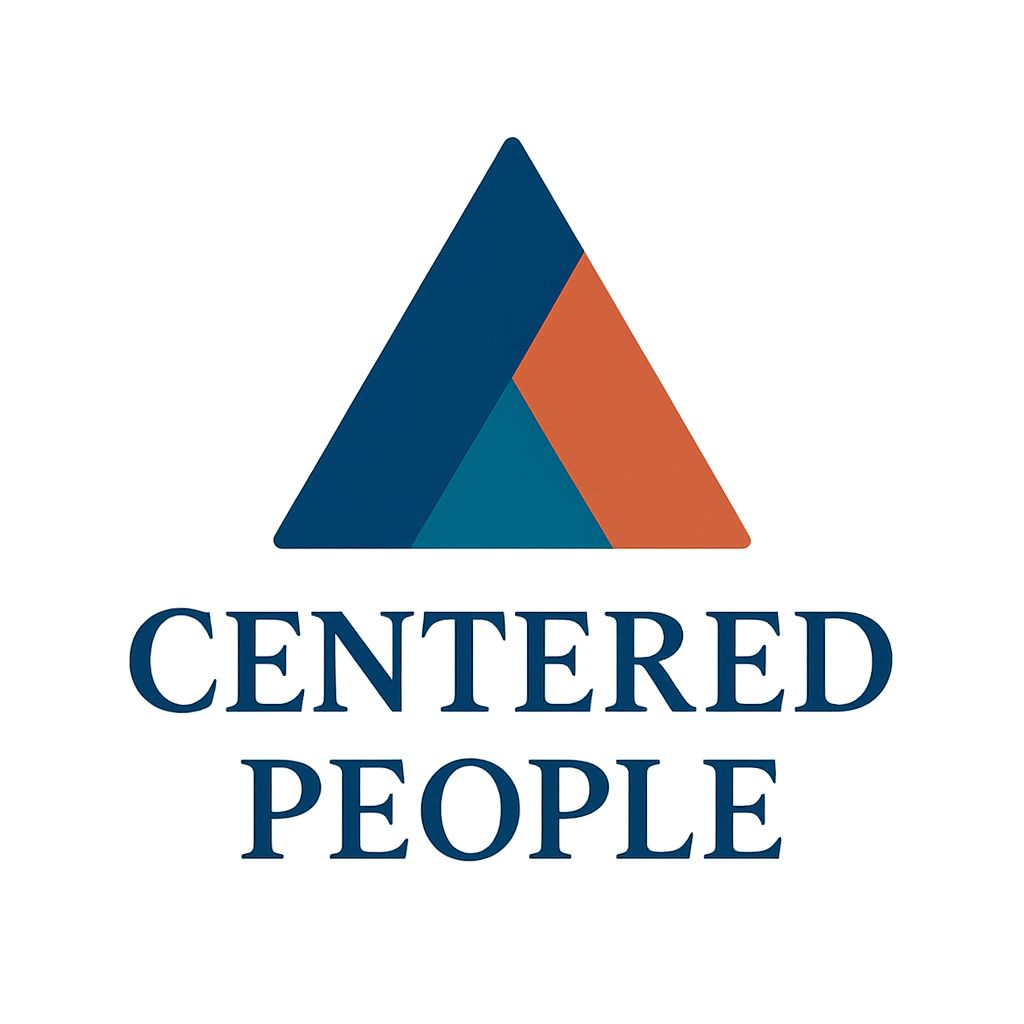Did you know that the cost of a bad hire in the Netherlands can reach up to €20,000—double that of their first-year salary? Hiring the wrong person can lead to decreased productivity and negative impacts on team morale.
With the nature of work constantly evolving, ensuring you have the right team in place is more important than ever. In this guide, we will provide effective strategies to help you navigate your recruitment process. You’ll learn about the importance of conducting identity interviews, assessing candidates not just on skills but also their leadership qualities, and how understanding your company’s values can lead to smarter hiring decisions.
Let’s uncover how you can build a team that embodies the spirit and goals of your organization while avoiding costly hiring missteps.
The High Cost of Bad Hires
Did you know that the cost of a bad hire in the Netherlands can reach up to €20,000—double that of their first-year salary? Hiring the wrong person can lead to decreased productivity and negative impacts on team morale.
Given these numbers, it’s crucial to be strategic about who you bring into your organization. Let’s dive into some proven strategies for effective hiring that can save you time, stress, and resources.
1. Know Your Company’s Identity
To hire successfully, you must first have a clear understanding of who you are as an organization. This involves defining your company’s mission, values, and culture.
– Clarifying Your Values:
Start by asking questions like, “What are our core values?” and “How do we want to be known as a workplace?” Not only will this serve as a guide for what kind of employees you want to attract, but it will also help candidates understand if they fit in your team.
– Building a Strong Culture:
Your company identity also encompasses the culture you want to build. A clear understanding will allow you to convey what behaviors and attitudes contribute to a positive environment, making it easier to find candidates who share similar beliefs.
2. Conduct Identity Interviews
These aren’t your traditional interviews—identity interviews focus on the values and beliefs of your candidates, rather than just their technical skills. This deeper dive can help you uncover whether their values align with your company’s.
– Craft Targeted Questions:
Think about questions that delve into personal ethics and values. For instance, ask candidates to describe an instance when their values were tested. Their responses will often reveal whether they are a good fit for your company culture.
– Listen Actively:
It’s important to listen closely to the candidates’ answers. Look for consistency in their values and experiences. Authentic responses often indicate a genuine alignment with your company’s culture.
– Assessing Cultural Fit:
A candidate can be incredibly skilled but still not be a cultural fit. Use identity interviews to ensure candidates resonate with your organizational ethos, helping to facilitate smoother integration into your team.
3. Look for Leadership Traits
Whether you’re hiring for a leadership position or not, identifying leadership traits in candidates can significantly enhance your team dynamics.
– Behavioral Scenarios:
Use situational questions to glean insights into how they’ve handled challenges in previous roles. This not only reveals how they might operate under pressure but also shows their approach to teamwork and conflict resolution.
– Problem-Solving Mindset:
Focus on how candidates tackle problems. A growth-oriented mindset combined with effective communication indicates they can contribute positively to team dynamics.
– Team Player Attitudes:
Inquire about candidates’ views on teamwork. Those who thrive in collaborative environments typically foster positive interactions with others, leading to a more dynamic work atmosphere.
4. Set Clear Expectations
A candidate’s success largely depends on how well they understand their role from the get-go. Clear communication about expectations can prevent ambiguities that lead to dissatisfaction.
– Detailed Job Descriptions:
Provide a comprehensive overview of responsibilities for the role, highlighting both technical skills and soft skills that align with your company culture.
– Communicate Non-Negotiables:
Be upfront about the behaviors and attitudes that are unacceptable in your workplace, maintaining a clear boundary around your values.
– Prepare for Challenges:
Share insights about the potential challenges within the role. Honest discussions about what they can expect will prepare your candidates better.
5. Trust Your Gut Instincts
Intuition is a powerful tool during the hiring process. If something doesn’t feel right, it’s crucial to pay attention to that feeling.
– Identify Red Flags:
Look out for inconsistencies in answers that could signal dishonesty or a lack of self-awareness. Defensive responses are also indicators that a candidate may not be suitable.
– Involve Team Members:
Incorporating feedback from your existing team during the hiring process provides multiple perspectives. If your team feels uncomfortable with a candidate, it’s essential to weigh their input seriously.
– Resist Rushing Decisions:
In a fast-paced business world, filling a position quickly can feel necessary, but compromising your standards can lead to bad hires. Always take the time you need to ensure a solid fit.
So, What’s Next?
In conclusion, hiring the right candidates starts with a clear understanding of your company’s identity, implementing identity interviews, assessing essential traits, and maintaining open communication about expectations. Being in tune with your gut instincts during the hiring process is equally important.
By investing in these strategies, organizations can build a cohesive and motivated team that aligns with their core values. Remember, the quality of your hires can significantly impact the future success and morale of your organization.
Start today by enhancing your recruitment process—download our comprehensive guide to recruit the right people and take the first step toward cultivating a thriving work environment.
Remember, creating a standout organization requires a team that mirrors your company’s ethos, so make hiring decisions that pave the pathway for success.


Leave a Reply